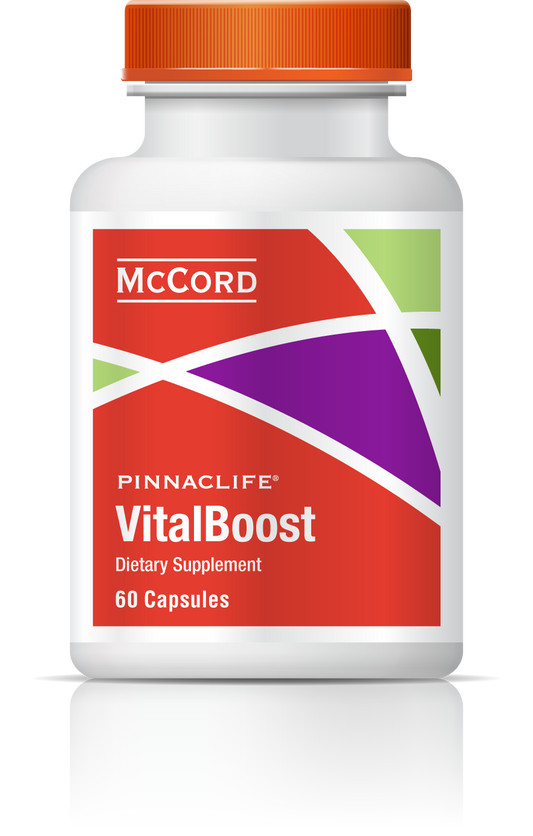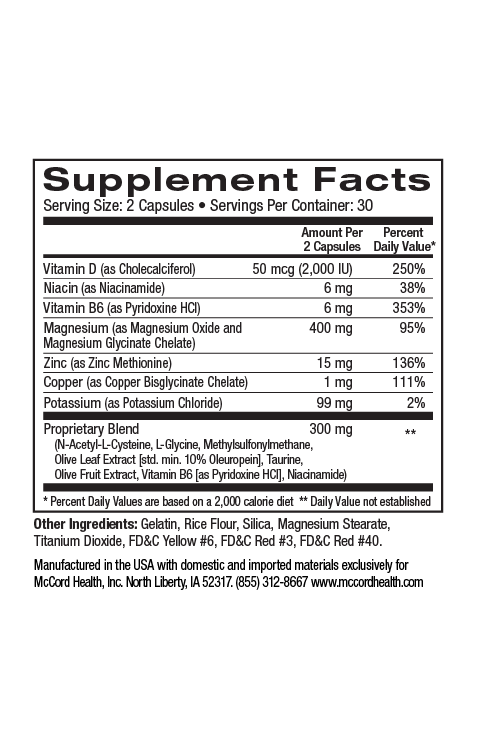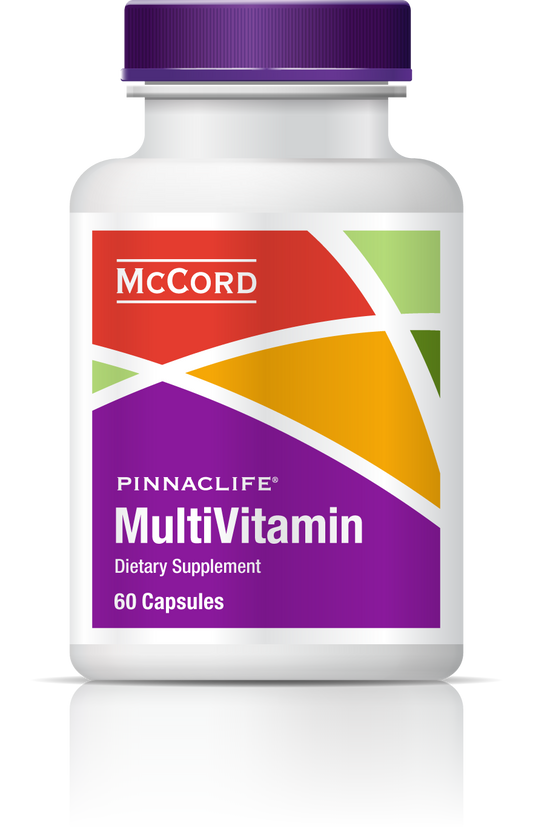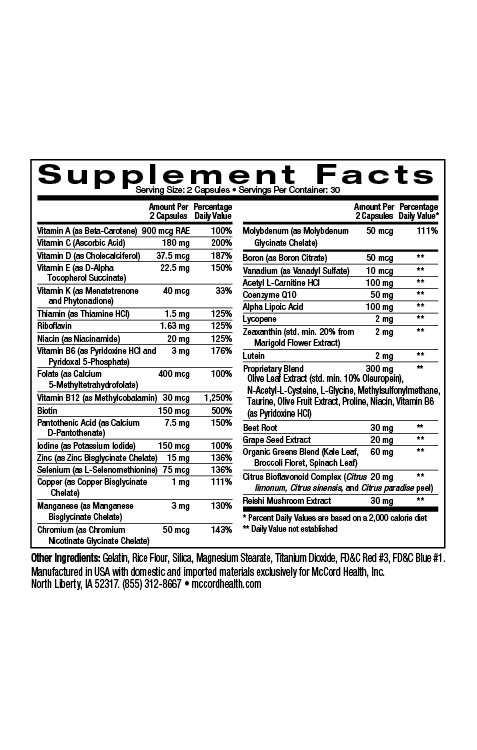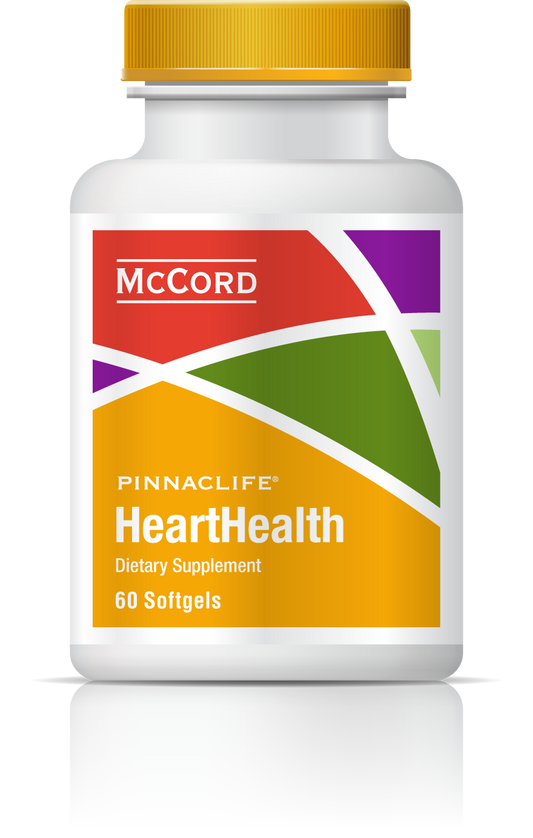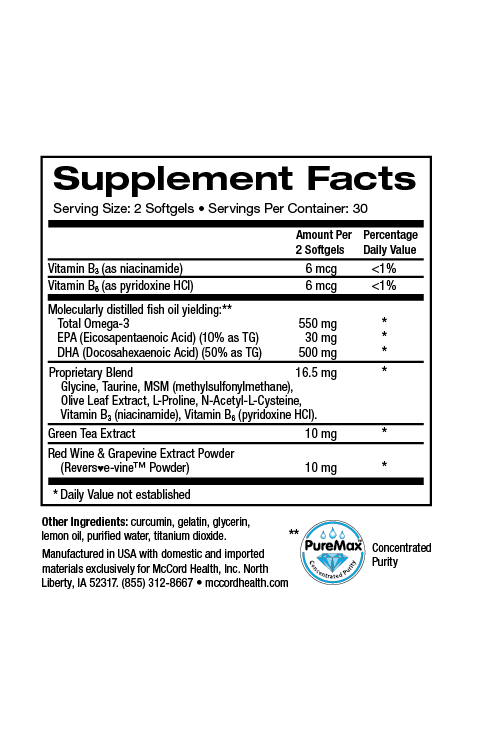The normal wound repair process is divided into four overlapping phases of coagulation, inflammation, migration-proliferation, and remodeling. This complex process involves the interplay of different cell types including keratinocytes, fibrobrasts and endothelial cells. Endothelial dysfunction and oxidative stress that can occur for example with type 2 diabetes or as a result of radiation exposure (during cancer radiation therapy) frequently contributes to impaired wound healing and skin repair.
Oxidative stress typically leads to inflammation and results from the inability of cells to eliminate free radicals known as reactive oxygen species (ROS) using the natural defense system that includes enzymes such as superoxide dismutase (SOD) and heme oxygenase-1 (HO-1). Radiation therapy results in the production of ROS in the skin leading to oxidative stress. During radiation exposure, skin damage occurs instantaneously due to ROS. Oxidative stress is generated at the time of exposure as well in the days following exposure due to the continual propagation of ROS. In response to radiation and oxidative stress, DNA repair and oxidative defense enzymes including SOD are activated.
The important polyphenols, oleuropein, resveratrol and epigallocatechin-3-gallate (EGCG) from olives, grapes and green tea respectively that are found in all Viniferamine® skin and wound care products including the gentle cleanser, Clean N Moist, have potent antioxidant activities that counteract oxidative stress. Moreover, oleuropein, resveratrol and EGCG all activate SOD and oleuropein and EGCG also activate HO-1. It has been shown that increased expression of manganese superoxide dismutase (MnSOD) in endothelial progenitor cells improved their angiogenic functions and accelerated wound healing. In addition, EGCG has been shown to induce the expression of HO-1 in endothelial cells resulting in suppressed inflammation.
Vascular cells and endothelium are major sources of ROS and oxidative stress that results from hyperglycemia found with diabetes. Oxidative stress induced by hyperglycemia or radiation damages skin vasculature and plays an important role in endothelial cell dysfunction. Oleuropein has been shown to restore function in endothelial progenitor cells. Increased endothelial function and improved skin vasculature allows vital nutrients such as those found in Viniferamine® skin and wound care products to access skin cells more easily to help restore skin health.
With type 2 diabetes, endothelial dysfunction is also caused in part by impaired insulin signaling in endothelium resulting in reduced insulin-stimulated production of nitric oxide (NO). EGCG has been shown to decrease endothelial dysfunction by acting via mechanisms similar to insulin. Resveratrol has also been shown to improve vascular function through the modulation of NO metabolism. In addition, resveratrol was shown to suppress oxidative stress, which resulted in the prevention of endothelial dysfunction. Moreover, resveratrol has been found to ameliorate insulin resistant endothelial dysfunction through the regulation of sirtuin 1 (an important regulator of mitochondria) activities.
Oleuropein, resveratrol and EGCG have potent anti-inflammatory and wound healing activities. During normal wound healing, microvascular endothelial cells migrate to form new blood vessels (angiogenesis) in response to wounds. Normal wound healing is vital for replacement and repair of tissue and for the restoration of tissue to its functional state. However, endothelial dysfunction found with diabetes or radiation exposure results in impaired wound healing and skin repair. Moreover, radiation exposure interferes with normal skin maturation, proliferation, and renewal by damaging skin cell DNA as well as epidermal stem cells.
Viniferamine® Silicone Barrier includes a sophisticated silicone complex that normalizes the skin barrier to promote healing. The silicone complex also provides a breathable barrier (“second skin”) to guard against irritants during healing. In fact, Clean N Moist and Silicone Barrier both include the same advanced silicone complex to protect skin as well as keep skin hydrated and enhance skin re-epithelialization. Clean N Moist and Silicone Barrier both also provide skin nutrients including the beneficial polyphenols, oleuropein, resveratrol and EGCG to strengthen skin, decrease inflammation and oxidative stress, and promote skin renewal.
It’s good to know that Viniferamine® skin and wound care products can help increase the oxidative defense and endothelial functioning in skin to enhance skin repair. Viniferamine® Clean N Moist and Silicone Barrier protect skin, provide skin nutrients, and keep skin hydrated to help it heal.
About the author: Nancy Ray, PhD is the Science Officer at McCord Research. Dr. Ray received her PhD in Biochemistry and Biophysics and was a postdoctoral fellow at NIH, Harvard University and Dana-Farber Cancer Institute, and the University of Iowa. She also earned bachelor of science degrees in Chemistry and Microbiology.
References
- Lancet 2005; 366: 1736-1743.
- Circ Res 2010; 107: 1058-1070.
- J Clin Invest 2010; 120: 4207-4219.
- J Invest Dermatol 2012; 132:985-993.
- J Am Acad Dermatol 2006; 54: 28-46.
- Radiother Oncol 2002; 63: 129-145.
- Radiat Oncol 2012; doi: 10.1186/1748;1-9.
- Int J Mol Sci 2014; 15: 18508-18524.
- Oxid Med Cell Longev 2012; doi: 10.1155/2012/560682; 1-8.
- PLOS One 2015; 10: e0115341.
- J Biol Regul Homeost Agents 2014; 28: 105-116.
- Hypertension 2013; 62: 359-366.
- J Cosmet Sci 2013; 64: 35-44.
- J Nutr Biochem 2012; 23: 1134-1145.
- Phytomed 2013; 20: 1088-1094.
- Curr Med Chem 2015; 22: 59-69.
- Clin Exp Hypertens 2016; DOI: 10.3109/10641963.2015.1131288.
- J Diabetes 2016: 8: 324-335.
- Diab Vasc Dis Res 2014; 11: 92-102.
- J Am Acad Dermatol 2005; 52: 1049-1059.
- Diab Vasc Res 2015; 12: 208-216.
- Am J Physiol Endocrinol Metab 2013; 305: E1444-E1451.
- ISRN Endocrinol 2014; doi: 10:1155/2014/816307, 1-8.
- Wounds 2014; 26: 83-88.
- Cell J 2014; 16: 25-30.
- Surg Today 2013; 43: 1433-1438.
Disclaimer: These statements have not been reviewed by the FDA. The decision to use these products should be discussed with a trusted healthcare provider. The authors and the publisher of this work have made every effort to use sources believed to be reliable to provide information that is accurate and compatible with the standards generally accepted at the time of publication. The authors and the publisher shall not be liable for any special, consequential, or exemplary damages resulting, in whole or in part, from the readers’ use of, or reliance on, the information contained in this article. The publisher has no responsibility for the persistence or accuracy of URLs for external or third party Internet websites referred to in this publication and does not guarantee that any content on such websites is, or will remain, accurate or appropriate.
